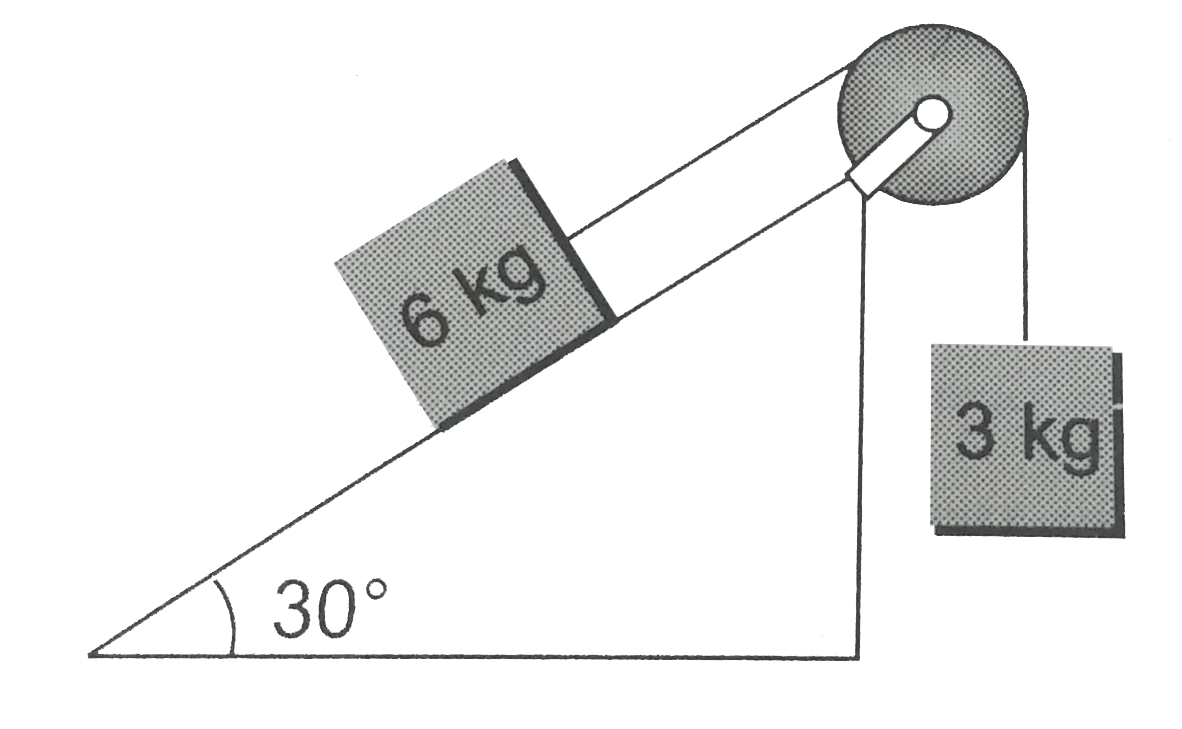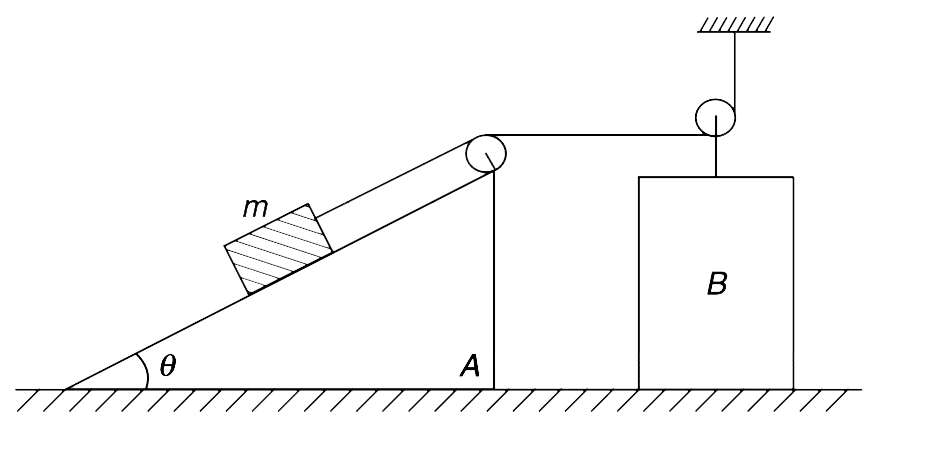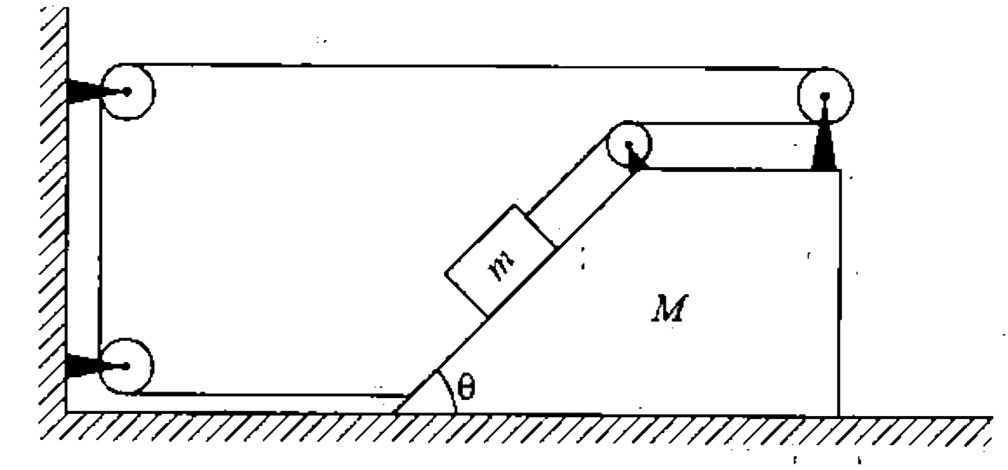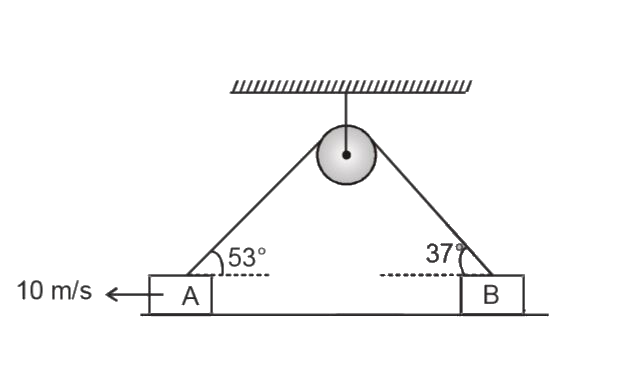Constraint motion|| Mass pulley system|| Mass-Block system etc.
Step by step video solution for Constraint motion|| Mass pulley system|| Mass-Block system etc. by Physics experts to help you in doubts & scoring excellent marks in Class 12 exams.
Similar Questions
Knowledge Check
- Question 1 - Select One or More
A bead B of mass 'm' can travel without frictionn on a smooth horizontalwire xx′. The bead is connected to a block of identical mass by an ideal string passing over an ideal pulley. The system, as shown, is in vertical plane.

System is initially released from rest in the position shown. Initial acceleration of block A is:AzeroBg2C3g7D4g7 - Question 2 - Select One
To determine the motion of the centre of mass of a system, knowledge of internal forces of the system is required.
For this purpose we need not to know the external forces on the system.AIf both assertion and reason are true and reason is the correct explanation of assertion.BIf both assertion and reason are reason are true but reason is not the correct explanation of assertion.CIf assertion is true but reason is falseDIf both assertion and reason are false. - Question 3 - Select One
Two blocks of masses 3 kg and 6 kg are connected by a string as shown in the figure over a frictionless pulley. The acceleration of the system is
 A4m/s2B2m/s2CzeroD6m/s2
A4m/s2B2m/s2CzeroD6m/s2
Questions|Pulley Block System|Examples
View SolutionQuestions|Pulley Block System|Questions
View SolutionExercise Questions |Pulley Block System |Exercise Questions
View SolutionIn the system shown in the figure all surfaces are smooth and both the pulleys are mass less. Block on the incline surface of wedge A has mass m. Mass of A and B are M = 4 m and M0=2 m respectively. Find the acceleration of wedge A when the system is released from rest.
 View Solution
View SolutionA light string passing over a smooth light pulley connects two blocks of masses m1 and m2 (vertically). If the acceleration of the system is g/8, then the ratio of the masses is
View Solution



